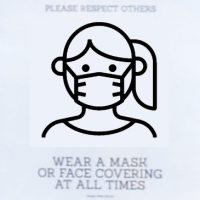 Welcome to the second (and final) part of my Saturday Supplement looking at how coffee shops around England have been interpreting and implementing the Government’s COVID-19 guidelines since the restrictions were relaxed at the start of July. In Part I, I looked at some of the many things that coffee shops have put in place, usually around processes (such as providing information and introducing things like door control, one-way systems, table service and on-line ordering).
Welcome to the second (and final) part of my Saturday Supplement looking at how coffee shops around England have been interpreting and implementing the Government’s COVID-19 guidelines since the restrictions were relaxed at the start of July. In Part I, I looked at some of the many things that coffee shops have put in place, usually around processes (such as providing information and introducing things like door control, one-way systems, table service and on-line ordering).
In this, Part II, I’m looking more at physical modifications, such as seating layout and physical barriers, as well as more processes, including cleaning and contact tracing. As before, I’m highlighting what has worked for me in terms of what has made me feel extra secure when visiting a coffee shop (whether I’m actually any safer is another matter). I’ll also illustrate my points with specific examples from coffee shops that I’ve visited over the past two months in London, Reading, Chester, Birmingham and Liverpool.
The usual caveat applies: these are my personal opinions and this post should not be taken as a “must do” (or “mustn’t do” for that matter) guide. And, of course, with the COVID-19 pandemic rapidly evolving, who knows what the future holds?
With all that in mind, you can see what I’ve learnt after the gallery.
Let’s start with some of the physical modifications. One near-universal modification that I’ve seen is the provision of Perspex screens on the counter. These have varied from the all-encompassing, counter-top to ceiling approach that I’ve seen at the likes of Attendant and G!RO to the strategically-placed single pieces at points of staff/customer interaction, such as by the till. Examples here include Coffee Addict and Iris & June. It’s also true that in several places I’ve visited, the plan is to have more Perspex in the coming weeks. Unfortunately, Perspex is in high demand and so quantities have been limited, often with long lead times.
The point of Perspex screens is, of course, to reduce the chance of spreading coronavirus (and any other airborne infection, for that matter) between staff and customers by placing it at points where they are likely to be in close, face-to-face proximity. Allied to this is mask-wearing, both for staff and customers, although this is an area where there is much more variation in the coffee shops I’ve visited.
When it comes to staff wearing masks, this is often limited to staff/customer interaction, particularly when there’s no Perspex barrier in place (for example, delivering orders to customers, or when clearing/cleaning tables) although there are some coffee shops where staff appear to be wearing masks at all times. At the other end of the scale, there are plenty of coffee shops I’ve visited where the staff never wear masks.
The counterpart to this is requiring customers to wear masks. As far as I’m aware, it is (at the time of writing) a legal requirement to wear a mask or face-covering when entering a coffee shop if you are ordering takeaway. I’m aware of several places, such as Quarter Horse, where this has been extended to all customers entering the shop, with the requirement to wear a mask while ordering and moving around the shop, although you can remove it when seated.
For what it’s worth, I always try to wear a mask when I go into a coffee shop, even if I’ll be sitting in (although I sometimes forget!) and I always wear a mask when I’m moving around taking photographs. Similarly, if I’m sitting for any length of time while not eating or drinking (makes notes on my laptop, for example) I try to wear to mask (although, again, I sometimes forget).
However, does any of this make me feel safer? The simple answer is yes, although in many cases, the precautions are more about protecting others than protecting myself. From what I understand of COVID-19 transmission, the chances of my catching it from a short (less than one minute) face-to-face interaction while ordering are much lower than the staff member who is taking my order and subject to multiple such interactions every day. Similarly, my wearing a mask is to reduce the risk of me infecting something with COVID-19 in the (admittedly unlikely) event that I’m infected and asymptomatic.
I’ll take a look at another physical modification, that of seating layout, after the gallery.
One of the key measures in keeping customers safe is ensuring adequate physical spacing between tables. In almost all the coffee shops I’ve visited, this has meant taking out some of the tables to increase the distance between those remaining. However, there a few exceptions, usually in smaller coffee shops, such as Coffee Addict and Obscure Coffee, where you are relying on customers’ common sense not to sit at adjacent tables.
Prior to the relaxation of restrictions, I did speculate on what this might mean for coffee seating. While coffee shops have generally thinned out their seating, very little else has changed, which has surprised me. I thought that coffee shops might try to change their mix of tables (taking out, for example, a communal table and replacing it with smaller tables) but I’ve seen very little of this. Generally speaking, coffee shops have kept the same mix of tables, just reducing them in number. Occasionally I’ve seen a slight rearranging of the mix: for example, Notes Trafalgar Square has transformed a row of eight two-person tables into a row of four four-person tables simply by pushing each pair of tables together into a set of four, but that’s about the limit.
Similarly, there isn’t much in the way of physically screening of tables from each other. For example, I’ve not seen a single instance of a coffee shop maintain the existing physical distance between tables by installing a Perspex screen between them. The closest I’ve seen to any form of screening was in Chester, where both The Flower Cup and Panna used plants to separate tables. In the case of Panna, the plants ensure a suitable physical separation between the tables, while The Flower Cup has placed plants on tables and chairs that are out of use as an alternative to removing them.
Of course, the other option is outside seating. Some coffee shops are blessed with existing outdoor seating areas (Notes King’s Cross, G!RO, and Root Coffee all spring to mind). Others have taken advantage of council road closures to either expand or introduce outdoor seating areas. Examples include Liverpool’s Bold Street Coffee and London’s Party on Pavilion, Kaffeine and Four Corners.
When it comes to seating, I tend to use a common sense approach anyway, so even where tables are close together, such as at Coffee Addict and Obscure Coffee, I won’t sit at a table if there’s already someone at another table in close proximity it. Similarly, I won’t sit at a large table if there’s someone else already there.
There’s also a question of which way you’re facing: it’s much safer sitting back-to-back with someone that facing them for example. I also try to pick tables where there aren’t too many people going past (for example, I don’t sit next to the door, if I can help it). Finally, if somewhere looks too busy, I simply go elsewhere.
After the gallery I’ll return to some process-orientated changes that coffee shops can (and, in some cases, have to) make.
Let’s start with contact tracing. The guidance issued by the Government recommends that coffee shops take contact details for all sit-in customers, keeping them for 21 days. These will be used if either a customer or member of staff tests positive for COVID-19, allowing the customers who were there at the same time to be contacted. Originally this was optional, although most of the coffee shops I visited have implemented it. However, from today (19th September 2020) this has become a legal requirement in England.
I’ve seen various ways of implementing this, the most common one being an on-line form, usually accessed via a QR Code (Ngopi, Notes, The Press Room) or combined with a loyalty or ordering app. Less high-tech solutions include contact sheets (Little Yellow Pig) or having a small form on each table (Kaffeine). None of these are perfect, since they all rely on the customer’s honesty in filling them out (and doing so correctly). However, I always provide my details if requested since if there is an instance of COVID-19 in a coffee shop I’ve been in, I’d like to know about it.
Another near-constant thing I’ve seen is the provision of hand sanitiser, either in dispensers around the shop, or, in the best example I’ve seen, in individual bottles on tables at Kaffeine. Even before COVID-19, I always tried to wash my hands before eating at coffee shops, but with the need to minimise movement around the coffee shop (which I talked about in Part I), having everyone going to the toilet to wash their hands isn’t ideal, so the widespread availability of hand sanitiser is an excellent idea (although I also carry my own).
At the other end of the scale is taking customer’s temperatures before they enter the coffee shop, something I’ve only seen once, at Attendant in Fitzrovia. However, it’s fairly simple to do with an infra-red thermometer, and these are fairly cheap, so I’m surprised I’ve not seen this more often. On the other hand, I’d hope that anyone running a temperature wouldn’t be reckless enough to go to a coffee shop in the first place!
Finally, from the extremely rare to the near universal: table cleaning. Part of me thinks it doesn’t need to be said, but just in case anyone doubts it, I can’t think of any coffee shop I’ve been to where the staff haven’t been meticulous in clearing and cleaning tables (not just giving them a perfunctory wipe down) between customers, all of which goes a long way to helping me feel safe when visiting coffee shops.
So, what have I learnt? Broadly speaking, that coffee shops are going to considerable lengths to keep both staff and customers safe and that has reassured me. In turn, this has given me confidence to keep visiting coffee shops, although with the UK Government announcing that a second wave of COVID-19 has now arrived, I’m not sure how long that will continue (or be allowed to continue). In the meantime, I’m going to try to keep visiting coffee shops, and providing updates on the Coffee Spot.
If you liked this post, please let me know by clicking the “Like” button. If you have a WordPress account and you don’t mind everyone knowing that you liked this post, you can use the “Like this” button right at the bottom instead. [bawlu_buttons]
Don’t forget that you can share this post with your friends using the buttons below.

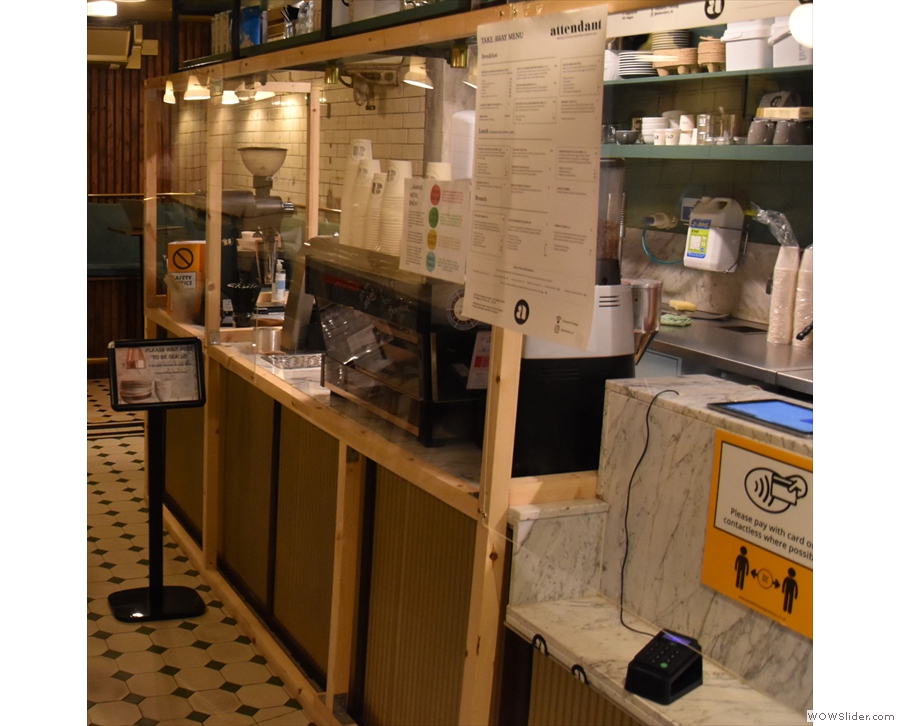
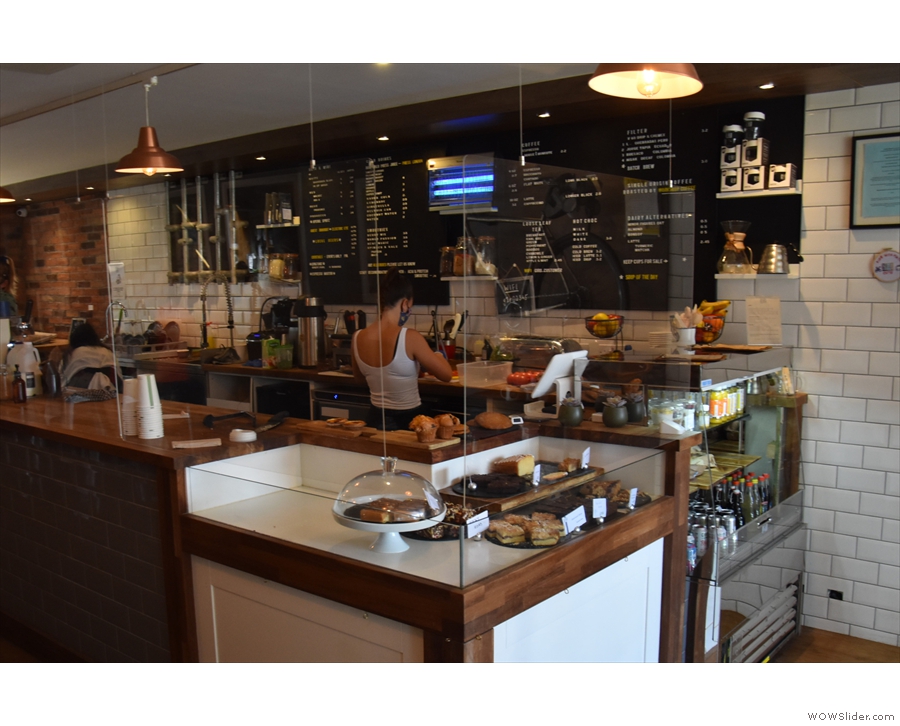
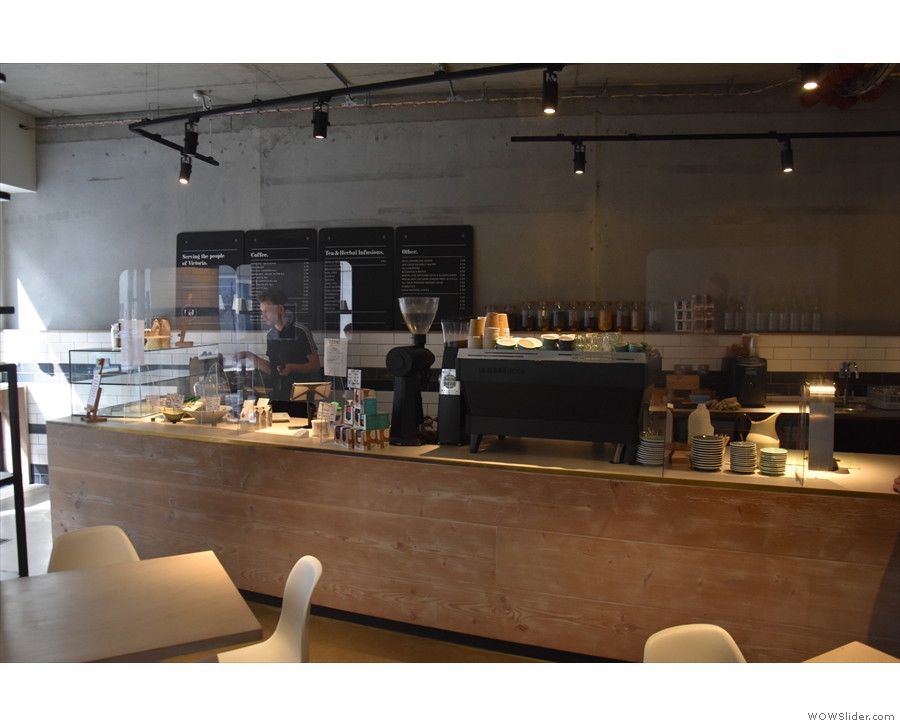
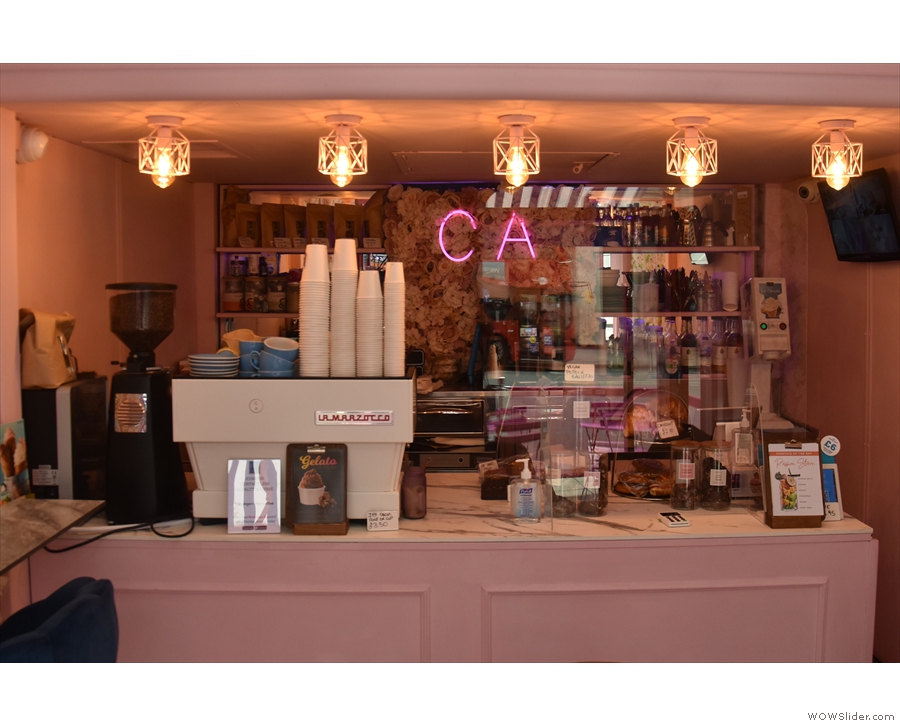
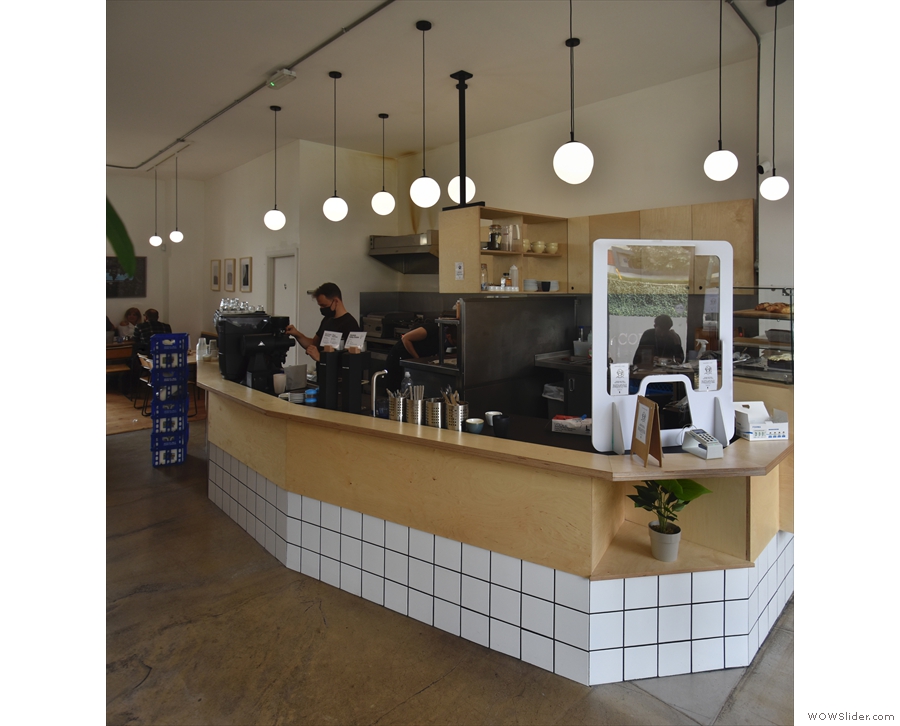
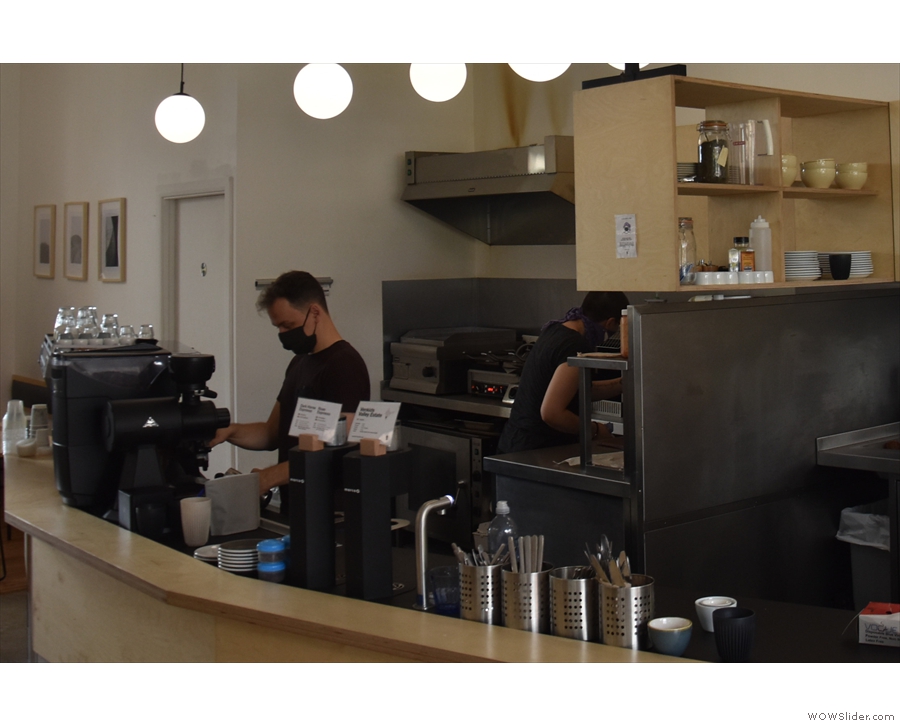
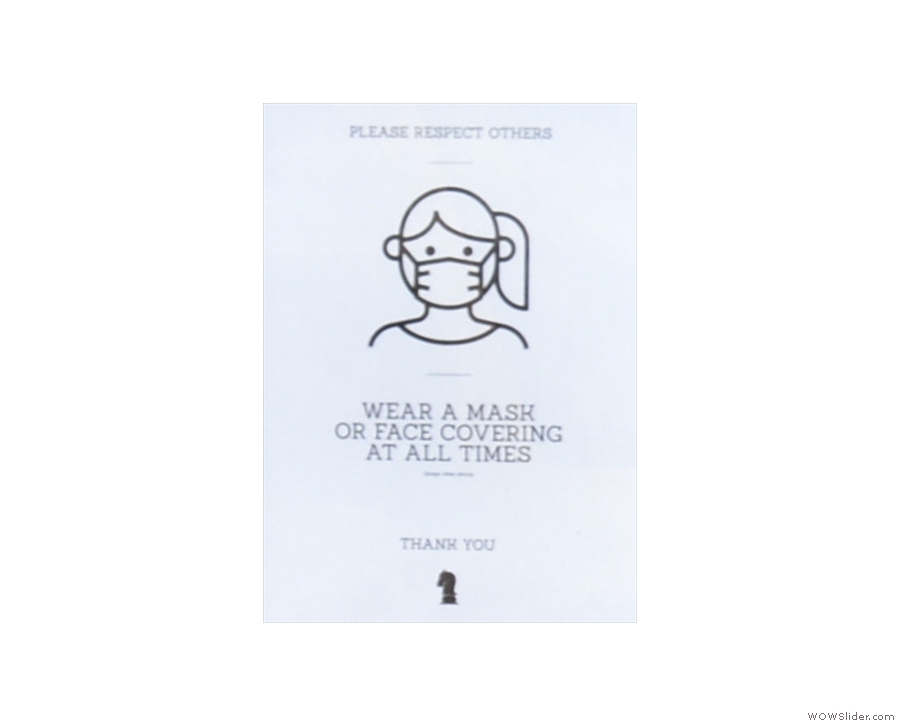
 1
1 2
2 3
3 4
4 5
5 6
6 7
7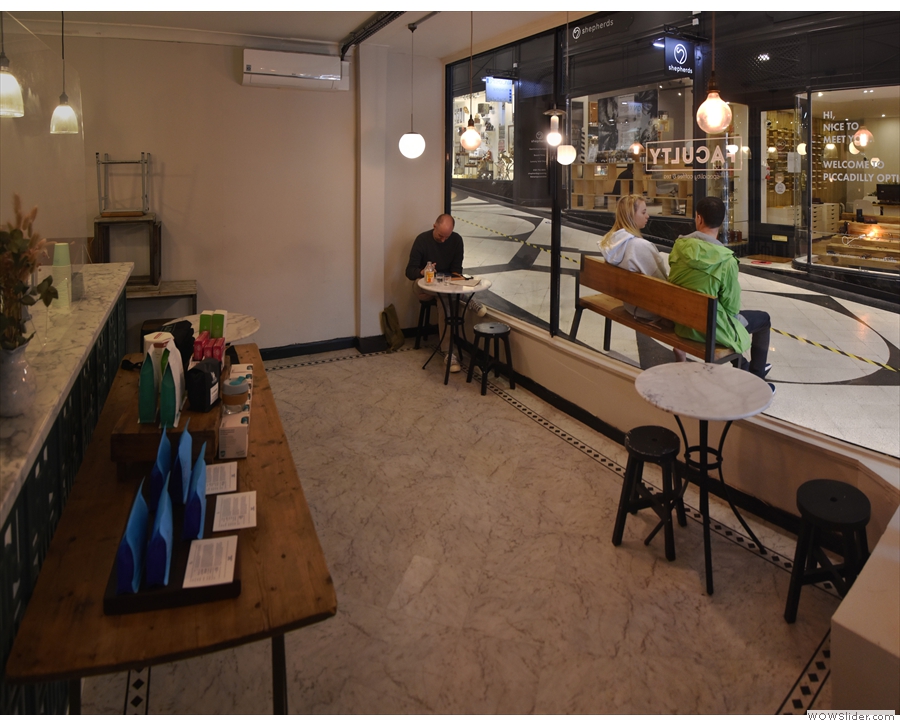


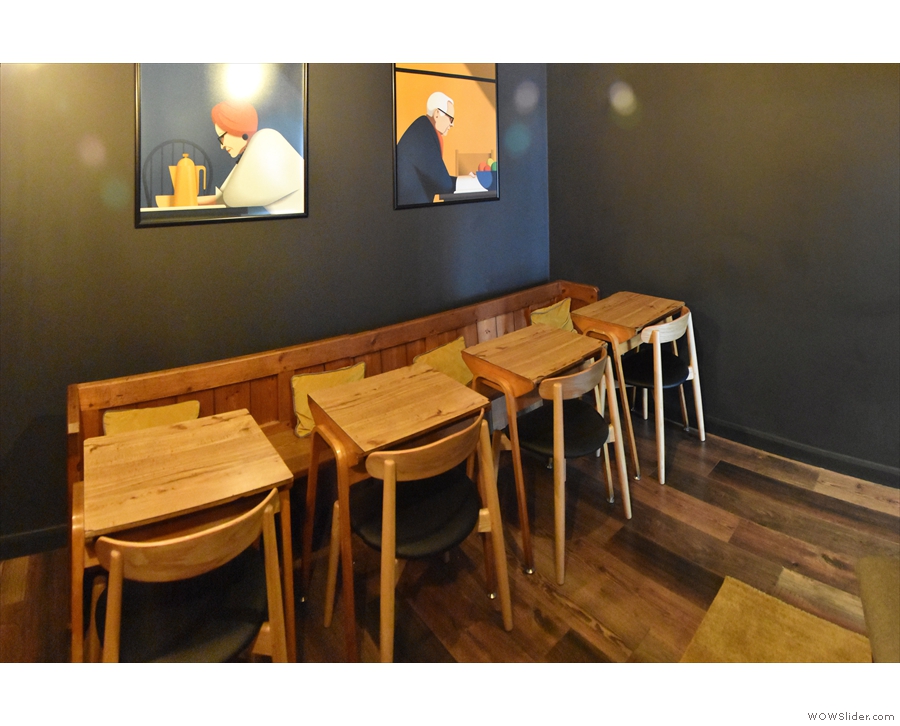
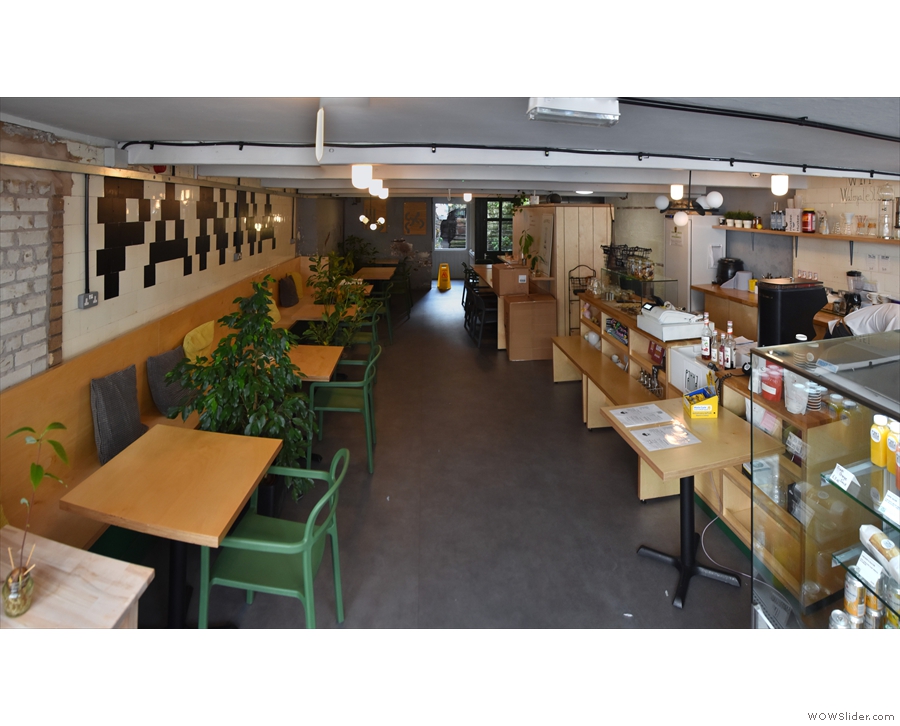
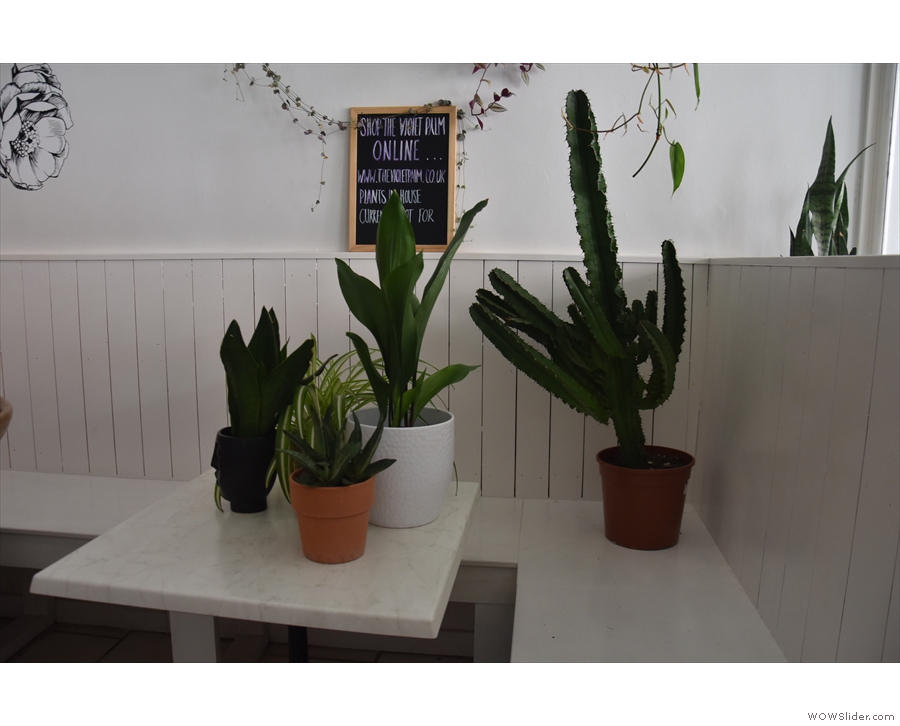
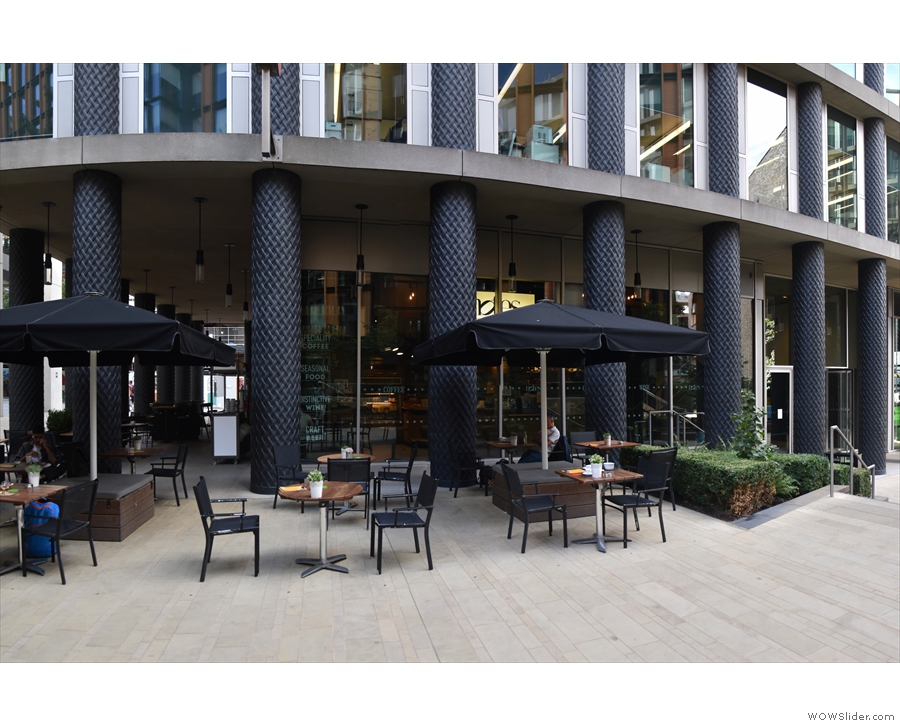
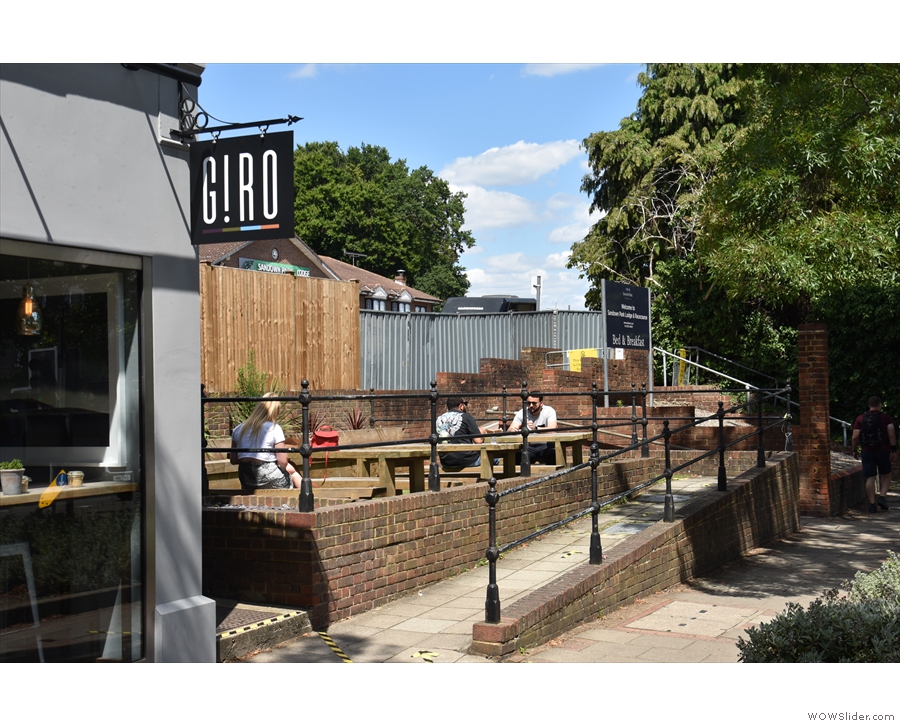
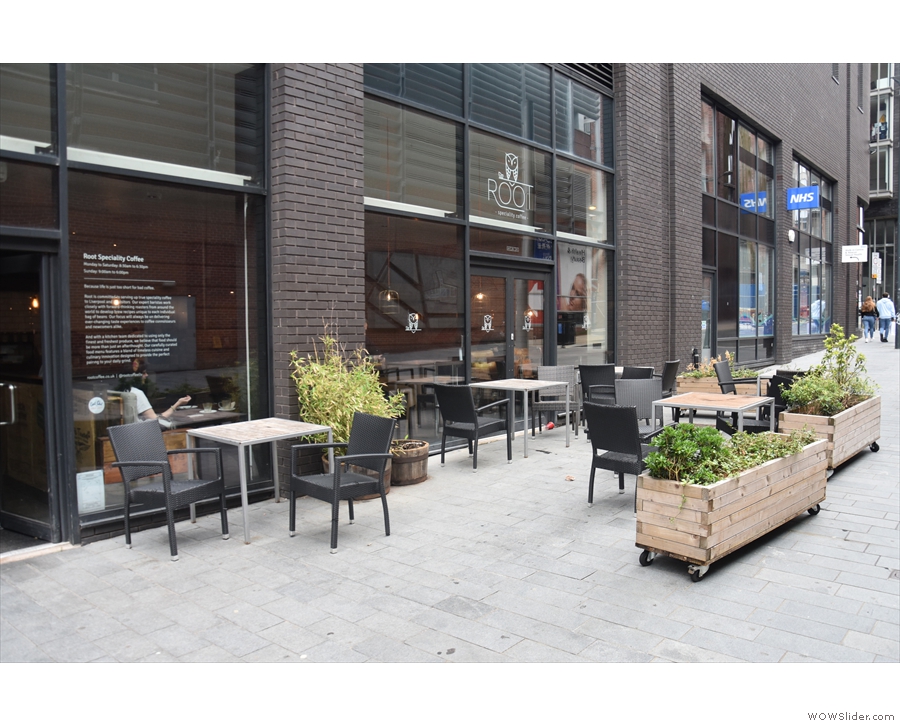
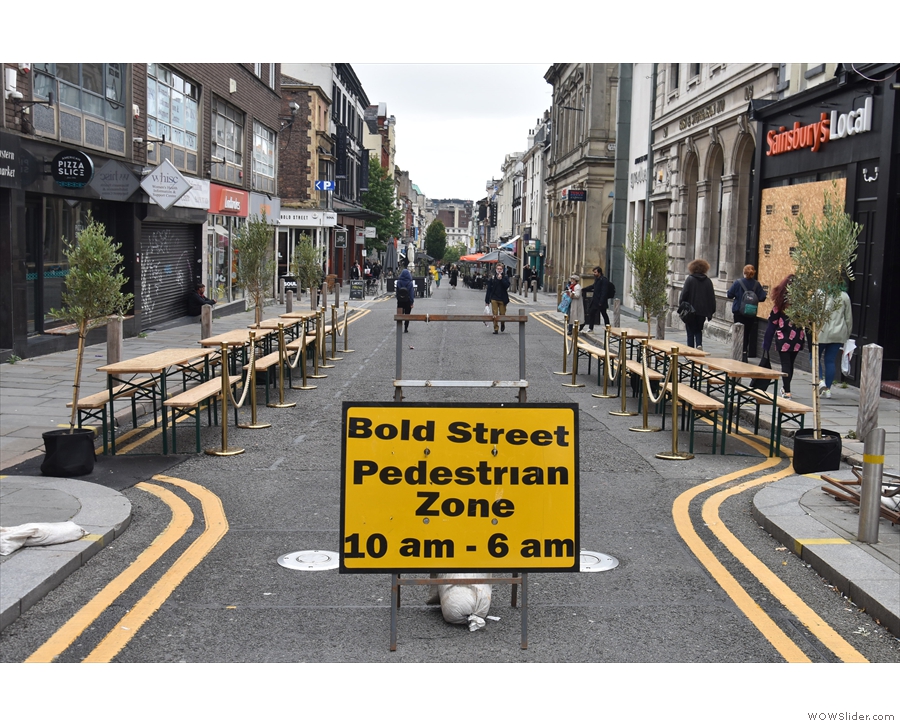
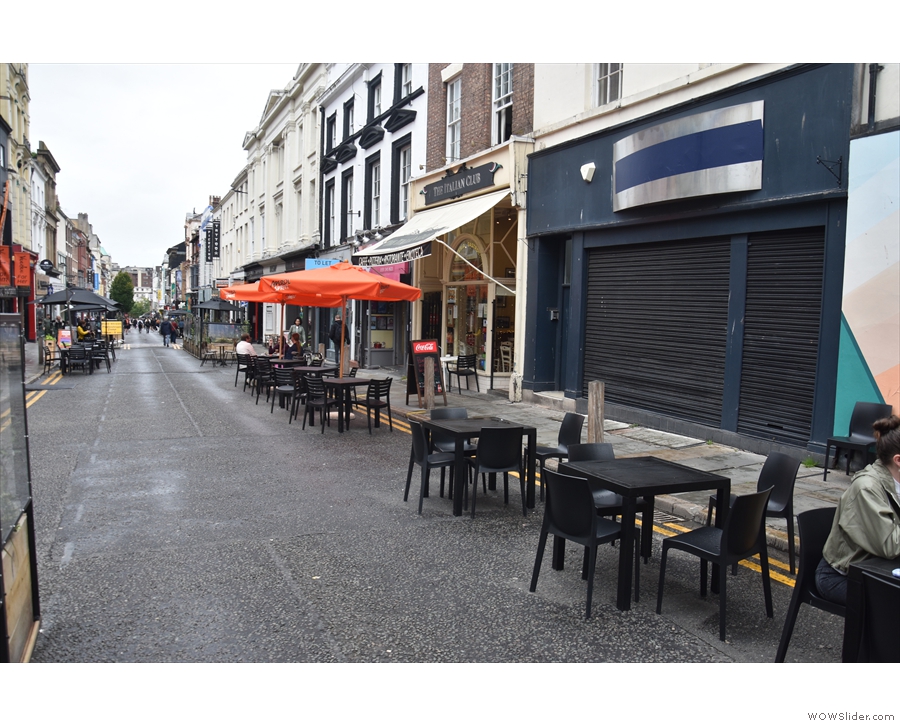
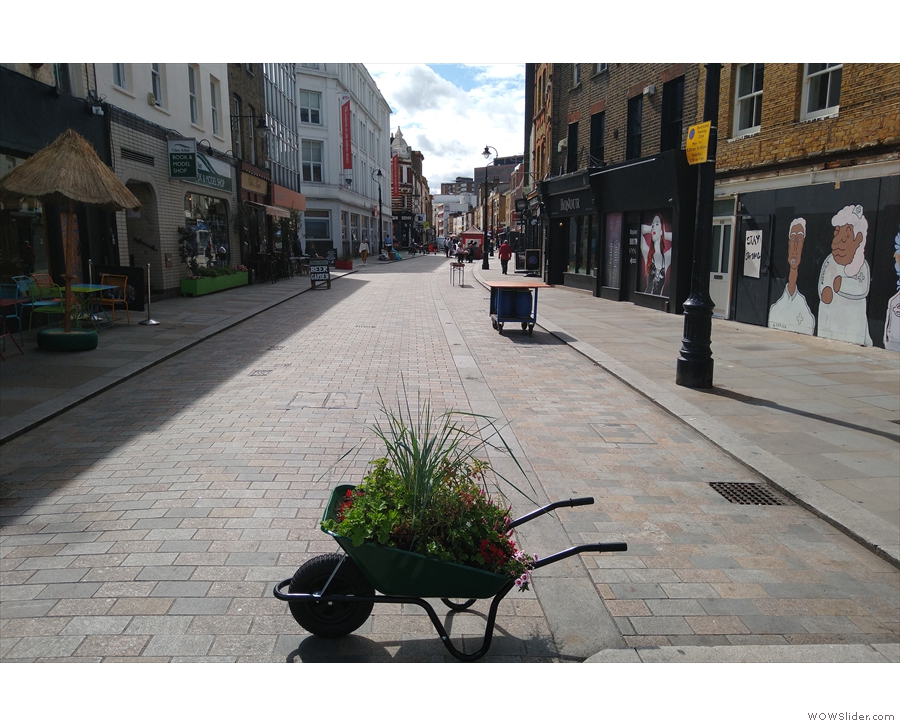
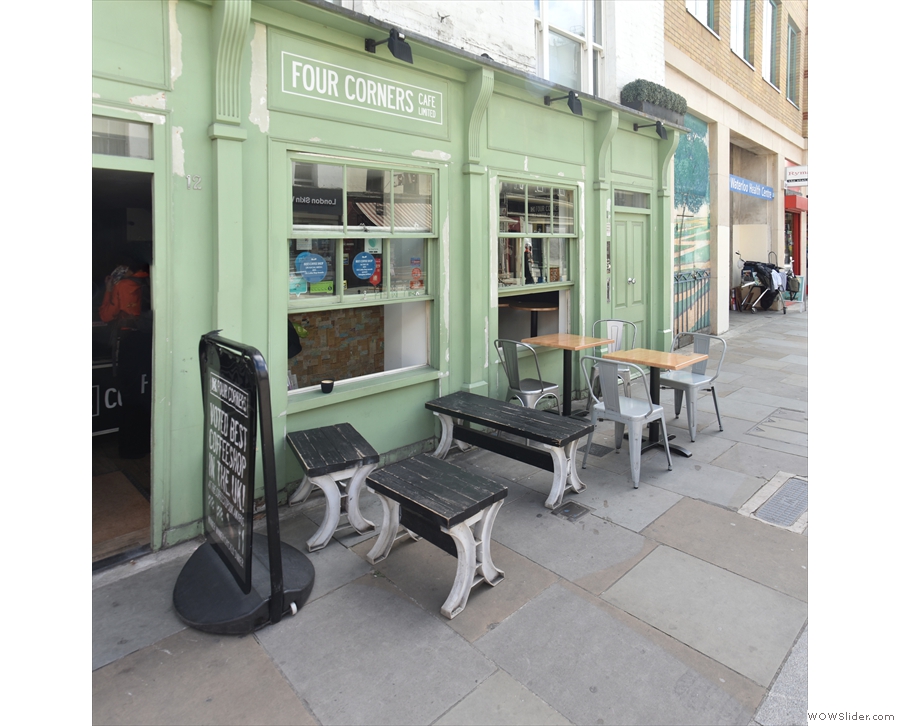
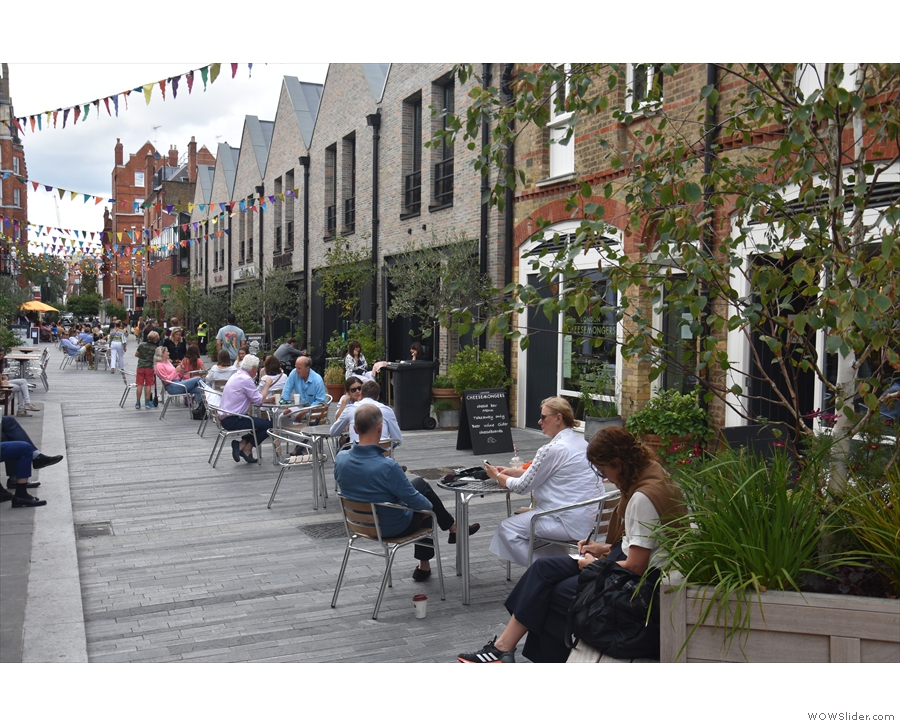
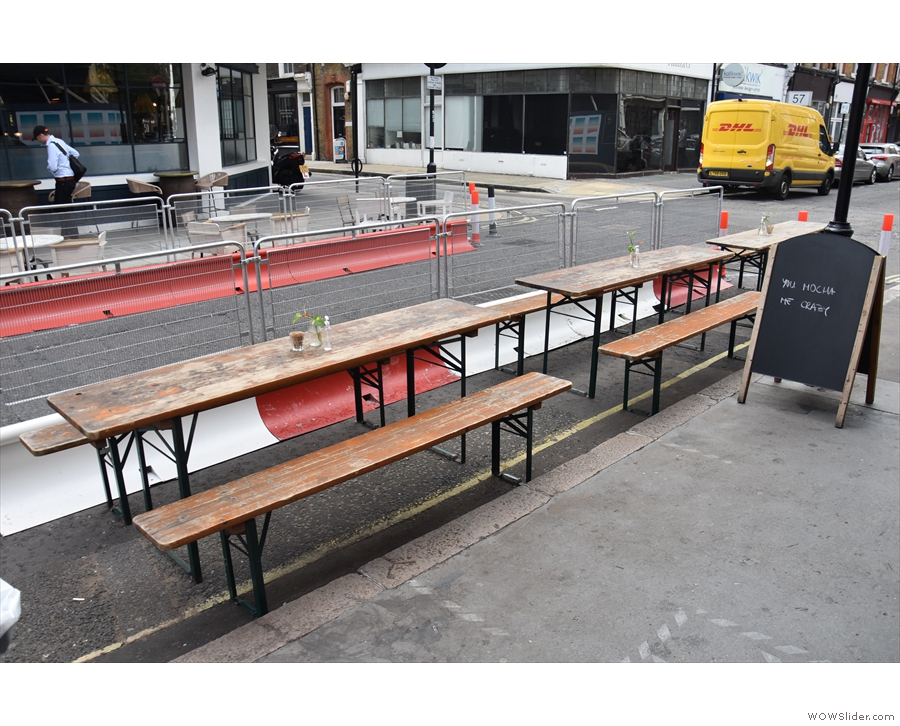
 1
1 2
2 3
3 4
4 5
5 6
6 7
7 8
8 9
9 10
10 11
11 12
12 13
13 14
14 15
15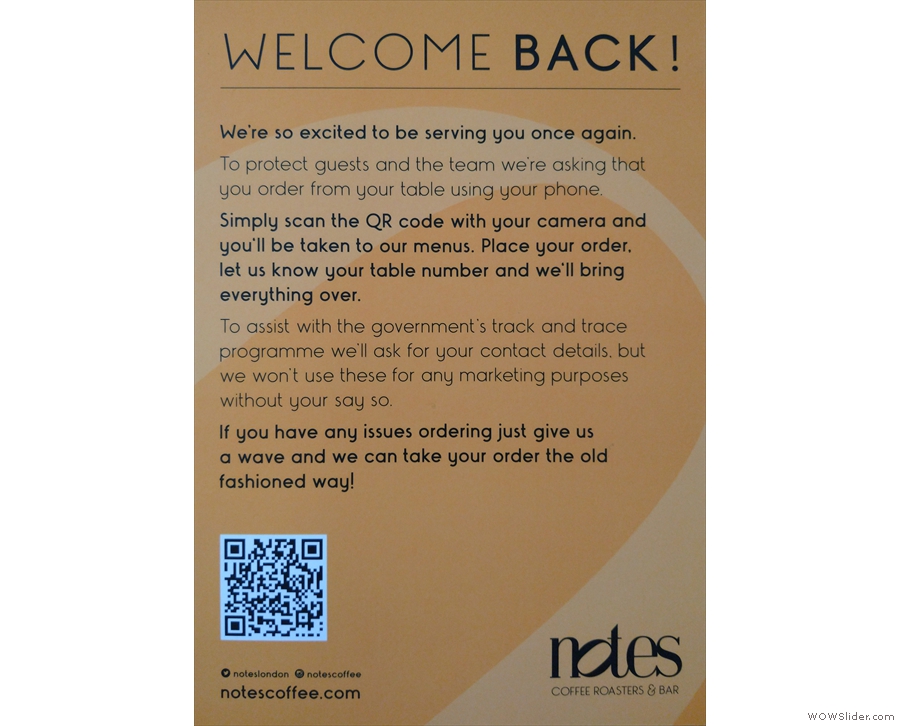
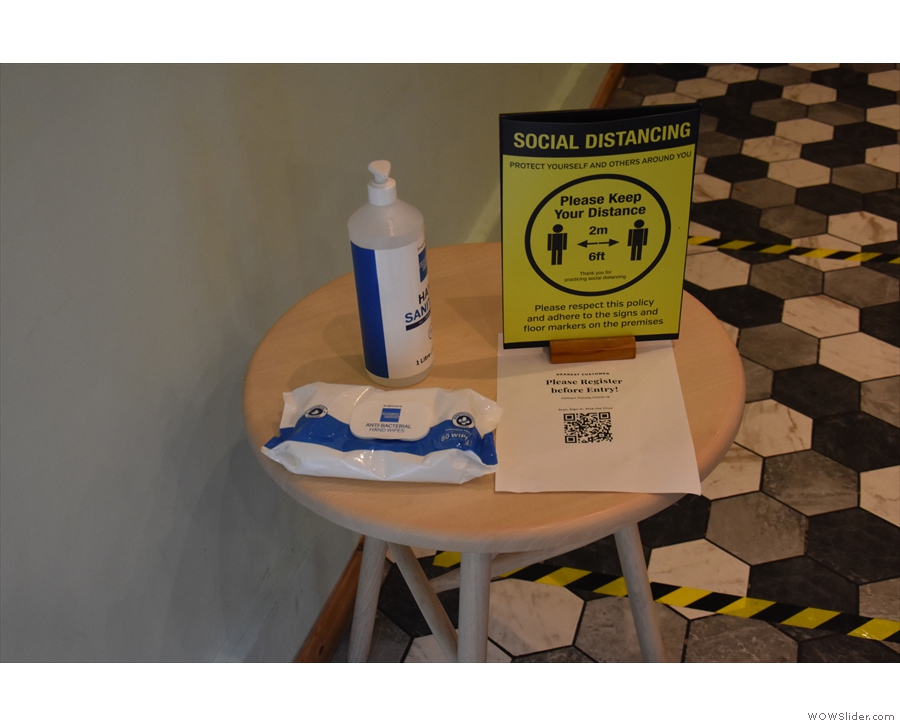
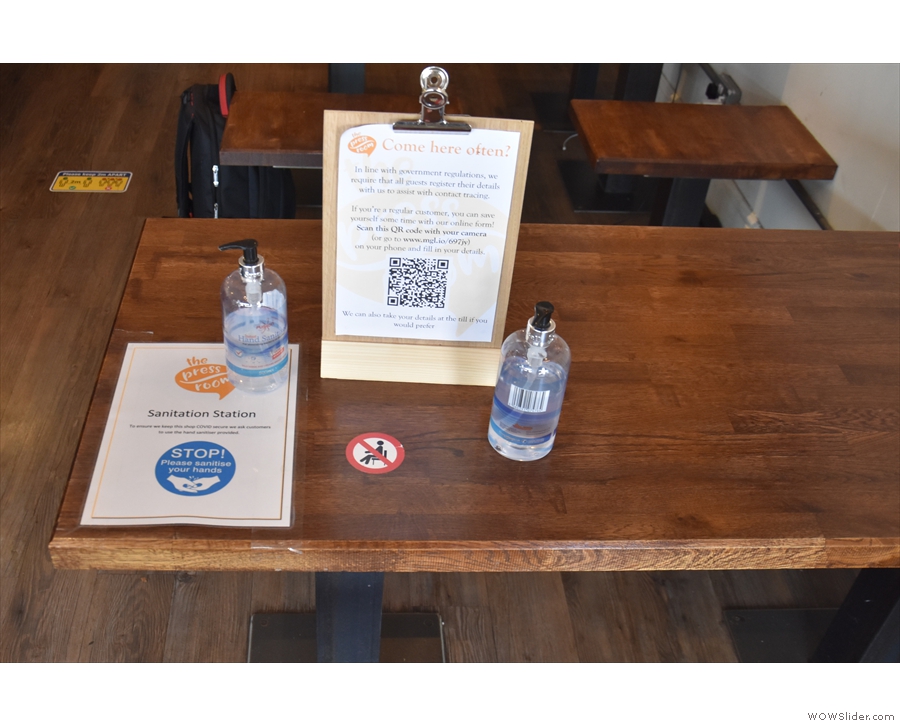
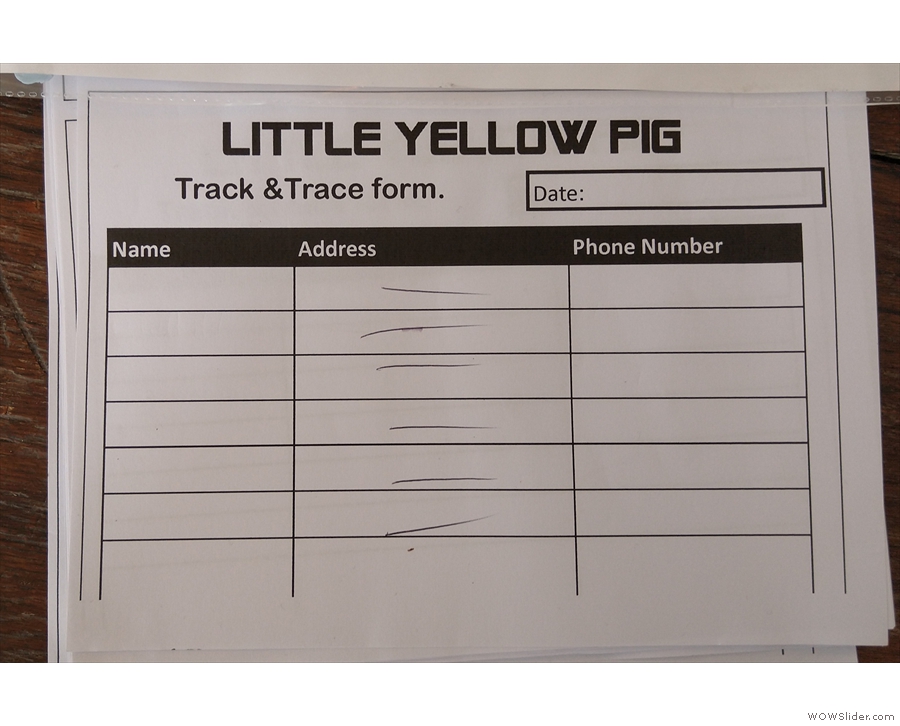
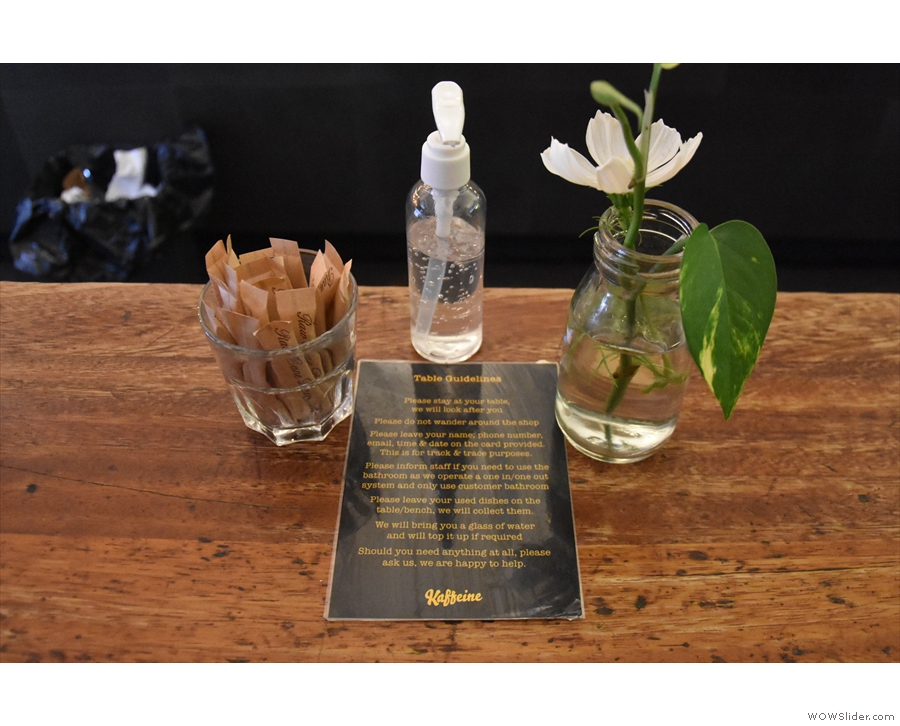
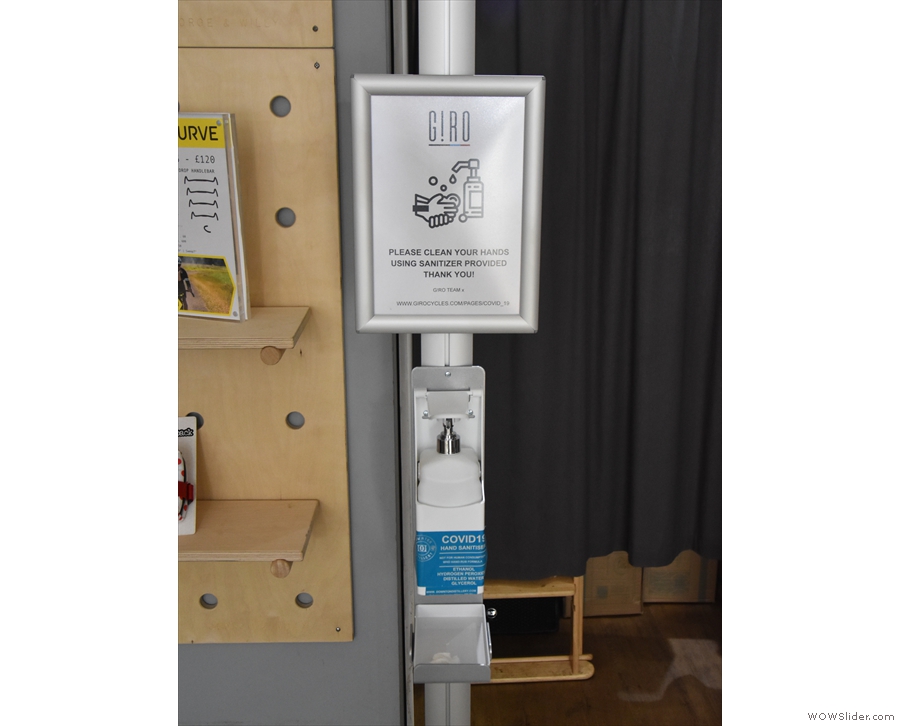
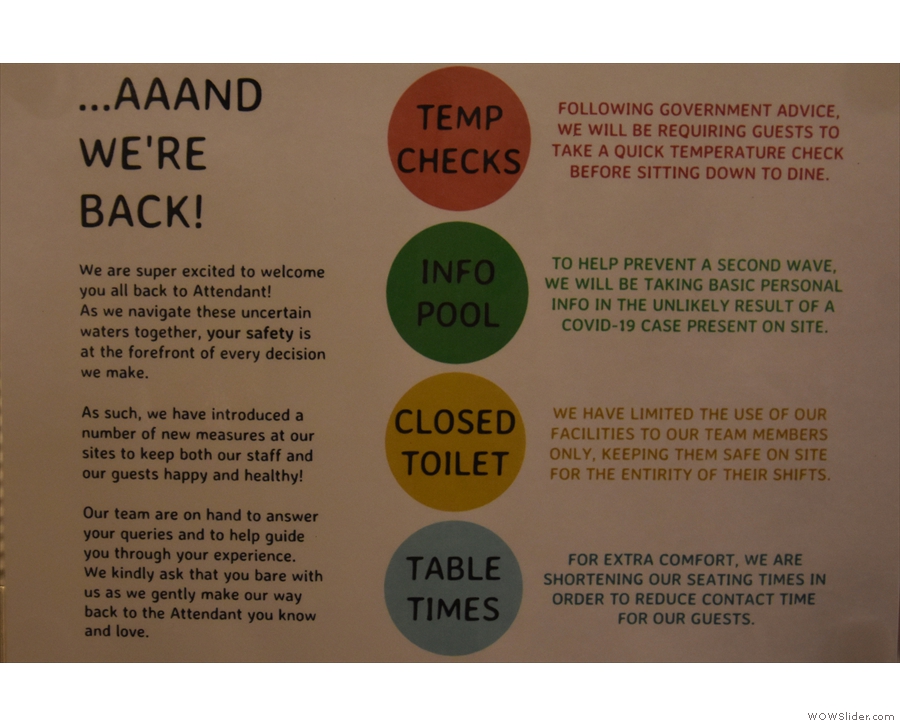
 1
1 2
2 3
3 4
4 5
5 6
6 7
7
Pingback: COVID-19: The Next Steps | Brian's Coffee Spot
Pingback: Visiting Coffee Shops During COVID-19: Lessons Learnt, Part I | Brian's Coffee Spot